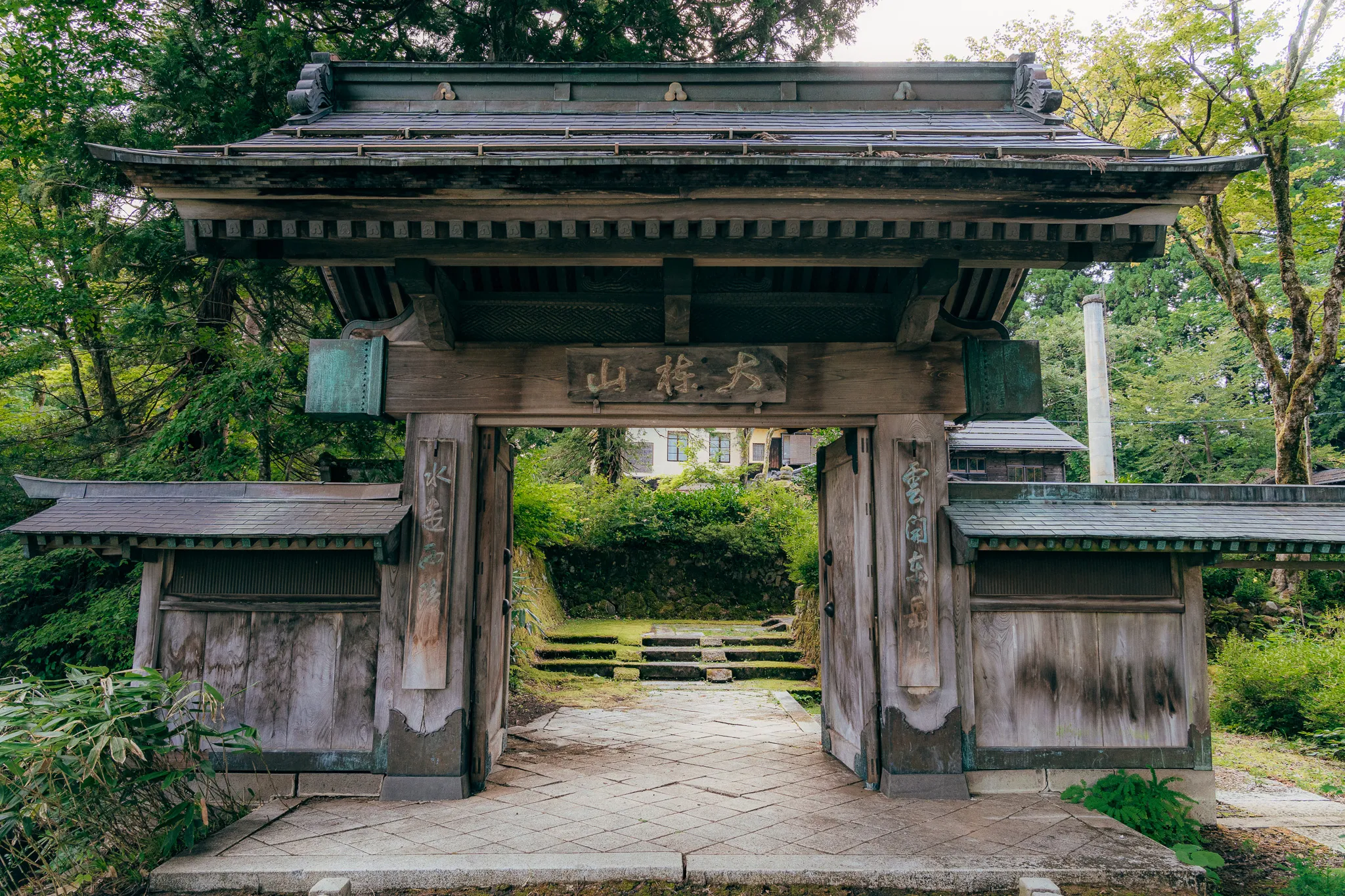



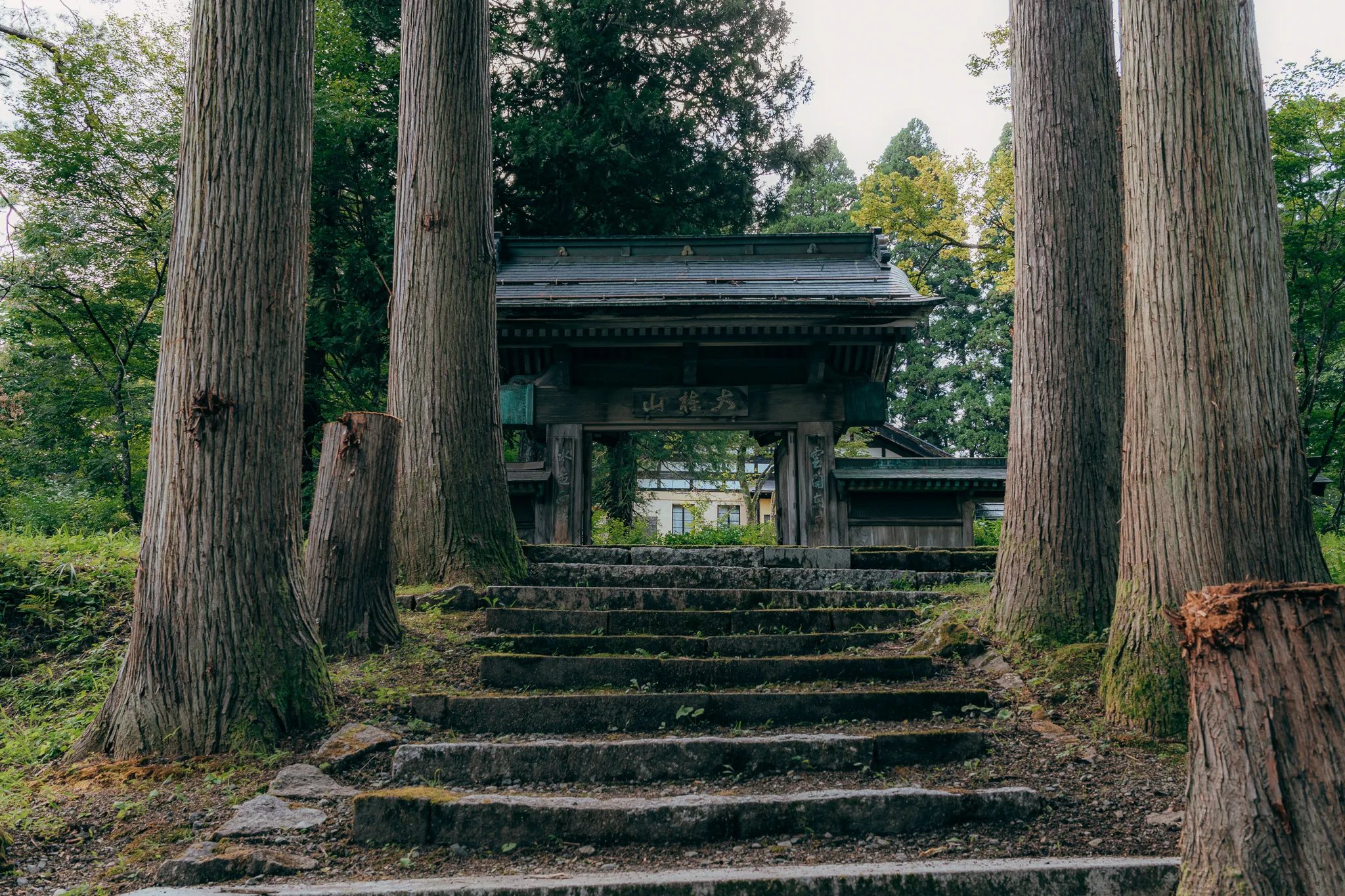
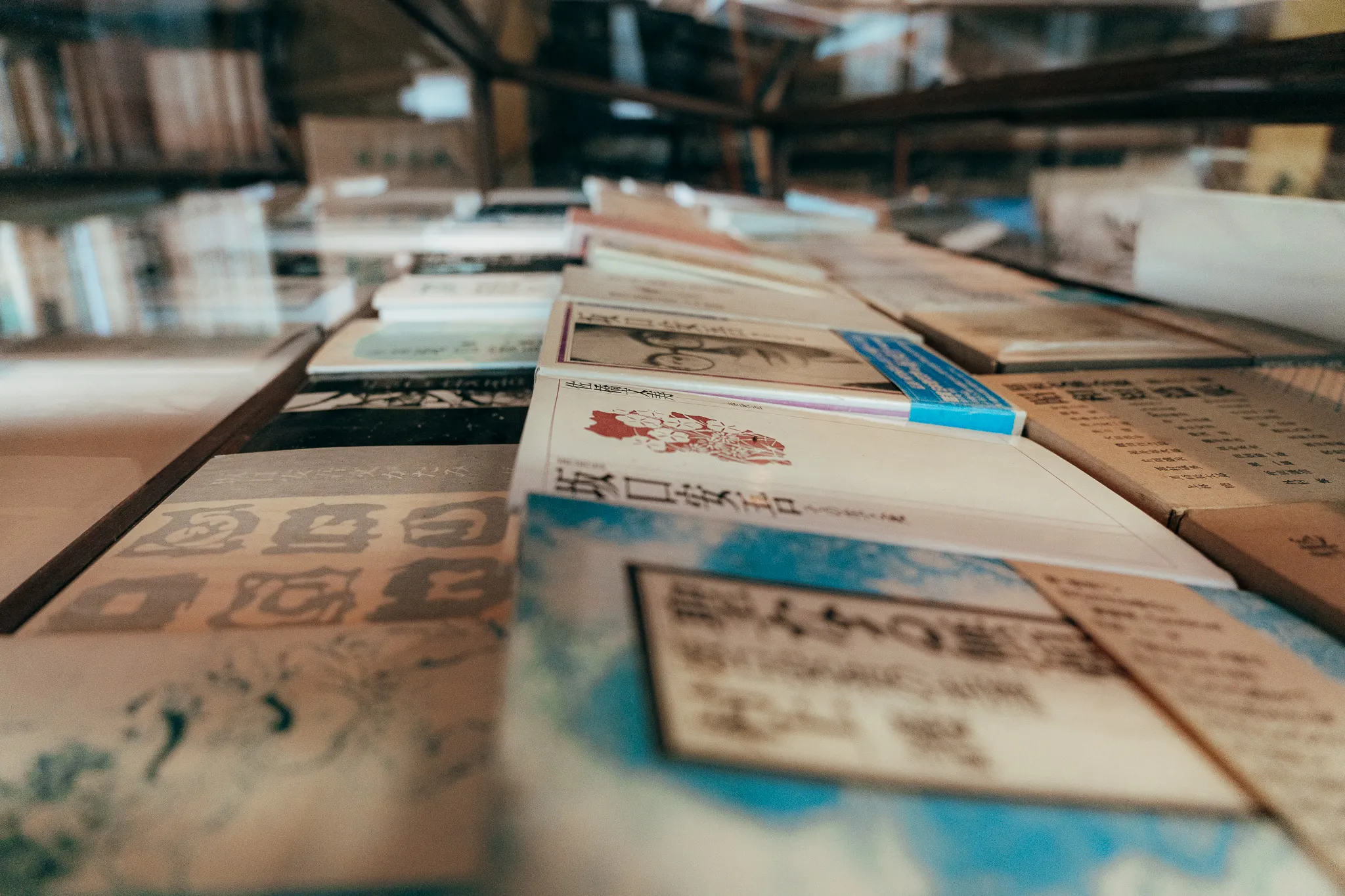
What Is the Daitōzan Art Museum?
The Daitōzan Art Museum, located in Matsunoyama, Tokamachi City, Niigata Prefecture, is a small museum that preserves the former residence of the Murayama family, wealthy farmers from the Edo period. For roughly 700 years, the Murayamas served as sake brewers and village leaders in the region. The main house open to the public today was rebuilt after a fire in 1755 and underwent renovations up to the Showa era. In 1989, the 31st head of the family opened the residence and its garden to the public, naming it the Daitōzan Art Museum. Both the building and the main gate are registered as cultural properties of Tokamachi City, showcasing architectural features unique to snowy regions, such as earthen floors, boxed staircases, and decorative transoms.

Inside, visitors can see historical documents and daily tools of the Murayama family, as well as calligraphy, paintings, and ceramics. The museum also houses numerous items and publications of Ango Sakaguchi (1906–1955), a writer known for Japan’s “Buraiha” literary movement. Sakaguchi frequently visited Matsunoyama through family connections—his aunt and sister married into the Murayama family—and wrote novels set in this area.
The museum is closed in winter due to heavy snowfall and typically opens from spring to autumn. Due to earthquake repairs, it was open from July to November in 2024, but in 2025, it opened from May 3. For the latest information, please refer to the official website.
As you walk along the corridor made from a single slab of zelkova wood, you can explore the traditional study room and tea room. In the exhibition room, materials related to Ango Sakaguchi offer a closer glimpse into the way of life of that time.
Places Associated with Ango Sakaguchi

The Daitōzan Art Museum, built in a heavy-snowfall area, preserves the Murayama family’s former residence, which is highly regarded as a pinnacle of modern Japanese-style architecture. Highlights of the main house include a corridor made from a single zelkova plank, a shoin-style tatami room with high ceilings, fusuma sliding door paintings, boxed staircases, and a doma (earthen floor) that hints at the home’s past as a sake brewery. The luxurious materials and intricate craftsmanship are evident throughout the building.
luxurious materials and intricate craftsmanship are evident throughout the building.
The main gate is designed in the rare Koraimon style, a type of gate often used for castles. Built in 1920, the gate features a gabled roof and thick zelkova beams, along with carved kaerumata and hijiki brackets and elaborate metal fittings, demonstrating both strength and elegance.
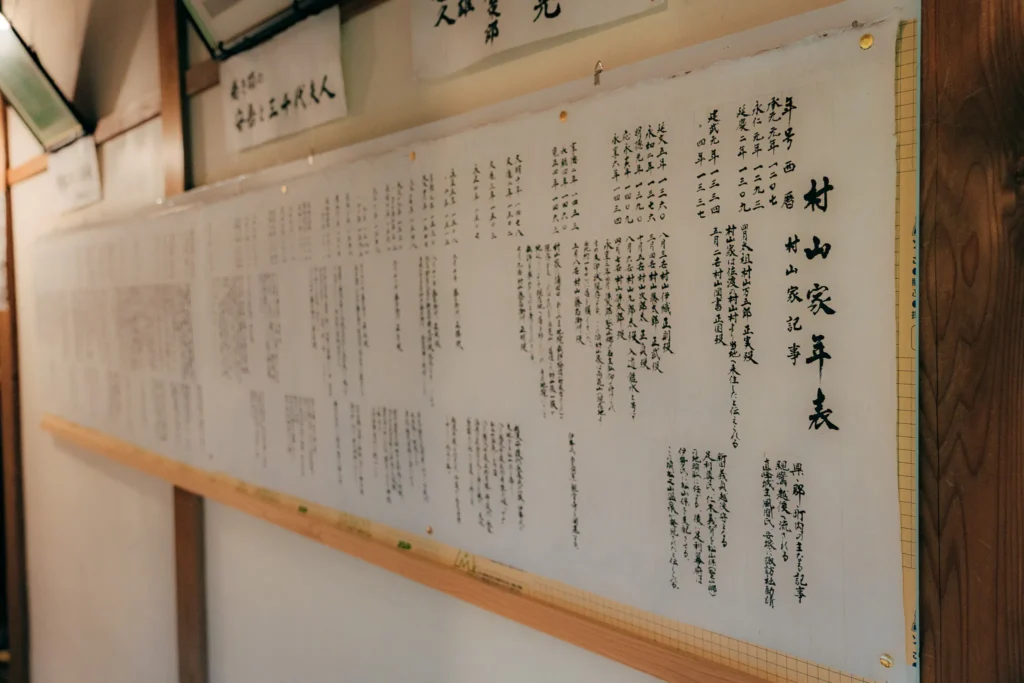
The museum’s centerpiece, however, is the collection of materials related to Ango Sakaguchi (1906–1955), one of Japan’s most influential postwar writers. Known for his provocative and unorthodox works, Sakaguchi was a central figure of the “Buraiha” literary movement, which challenged social norms and traditional moral values. Through family connections—his aunt and sister married into the Murayama family—Sakaguchi often visited Matsunoyama, which he regarded as a spiritual home. The room he used during his stays is open to the public as “Ango’s Room”, displaying first editions of novels such as Kurotani-mura and the mystery Furenzoku Satsujin Jiken, his letters, and personal belongings. The mountain path from the Murayama residence to Matsunoyama Onsen is called “Ango’s Walking Path”, along which remains the massive rock featured in his works, known as Ango Rock.
The garden is particularly scenic, with fresh greenery in spring and early summer, and colorful foliage in autumn. Within the garden is a spring called Yanagi Shimizu, historically used by the Murayama family’s sake brewery as brewing water. This spring is recognized as one of Niigata Prefecture’s famous waters, and visitors can draw water from a designated spot near the museum entrance. In 2018, for the first time in 55 years, sake called Koshi no Tsuyu was revived using this smooth, high-quality water. Since it was a favorite of Sakaguchi, the label features his handwritten inscription.
Highlights of the Omunayama Art Museum




Main gate


Exhibit
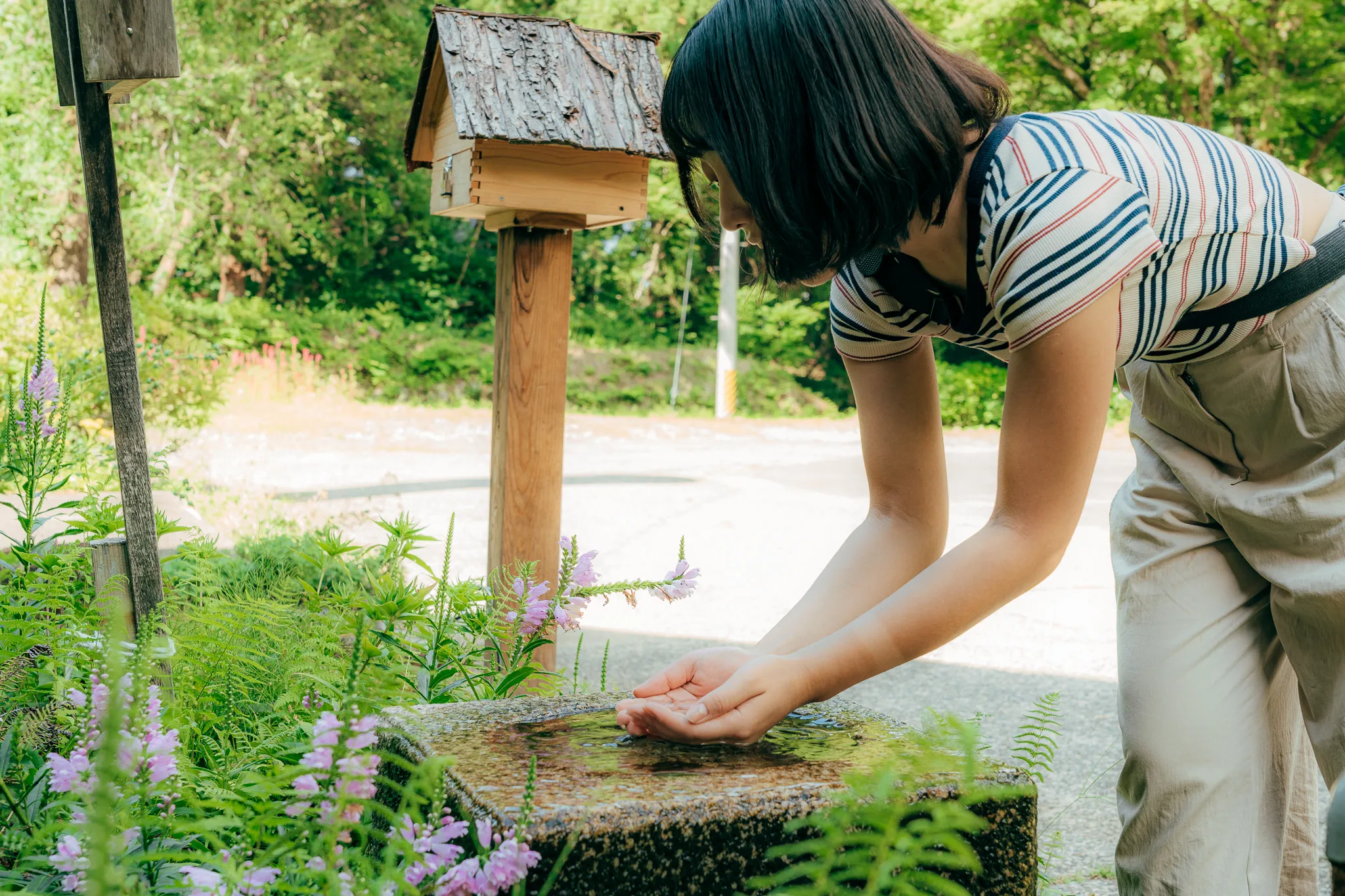

Entrance
How to Enjoy Your Visit / Recommended Ways to Spend Time
As you walk up the moss-covered mountain path through the cedar groves of Matsunoyama, the Daitōzan Art Museum gradually comes into view. Take your time exploring the museum’s historic interiors.
After drawing water from Yanagi Shimizu on the grounds, follow the mountain trail known as “Ango’s Walking Path”. The hike takes about 20–30 minutes, along which you will encounter Ango Rock, where Sakaguchi once rested, and literary monuments. The trail leads down to Matsunoyama Onsen, a hot spring town dotted with inns and public baths fed by high-salinity, flowing hot spring water. The streets exude a charming snow-country atmosphere.

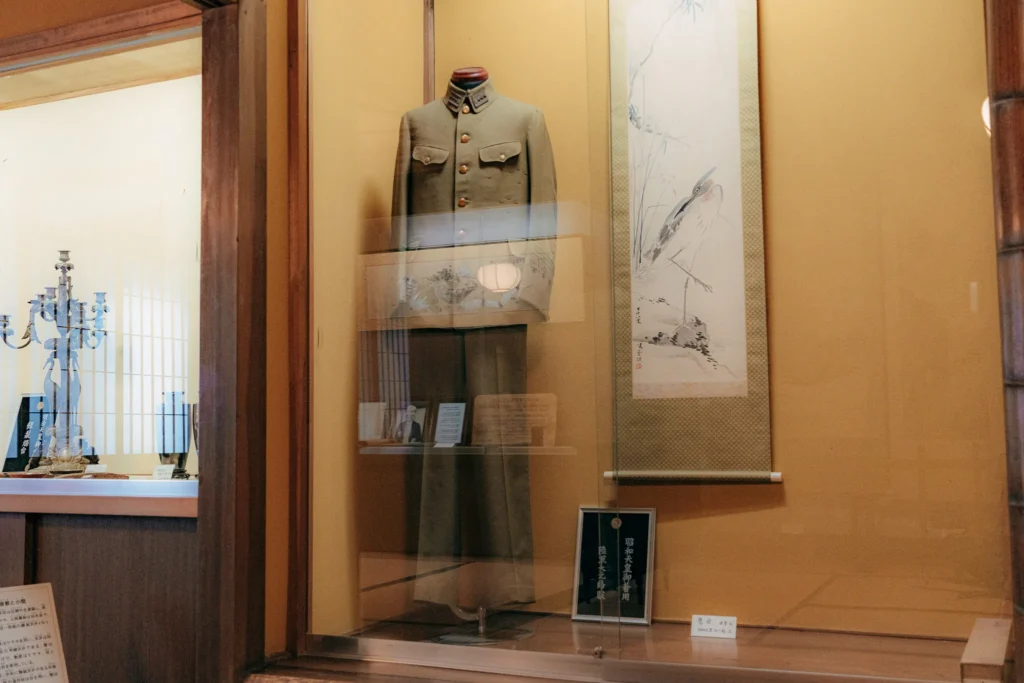
Every year on the third Saturday of May, the museum hosts the Ango Sakaguchi Festival, featuring readings of his works by professional narrators and other events inspired by his literature.
The Matsunoyama area of Tokamachi City is a treasure trove of art and nature. About a 10-minute drive from the museum is the House of Light, a lodging designed by the renowned light artist James Turrell, where guests can enjoy a special stay watching the changing sky through an operable ceiling skylight. Every three years, the Echigo-Tsumari Art Triennale takes place in the region, allowing visitors to explore contemporary art installations scattered throughout the area. Nearby, you can also visit the beautiful Bijin Bayashi beech forest and scenic terraced rice fields, which offer different views depending on the season—so it’s worth planning enough time to explore.

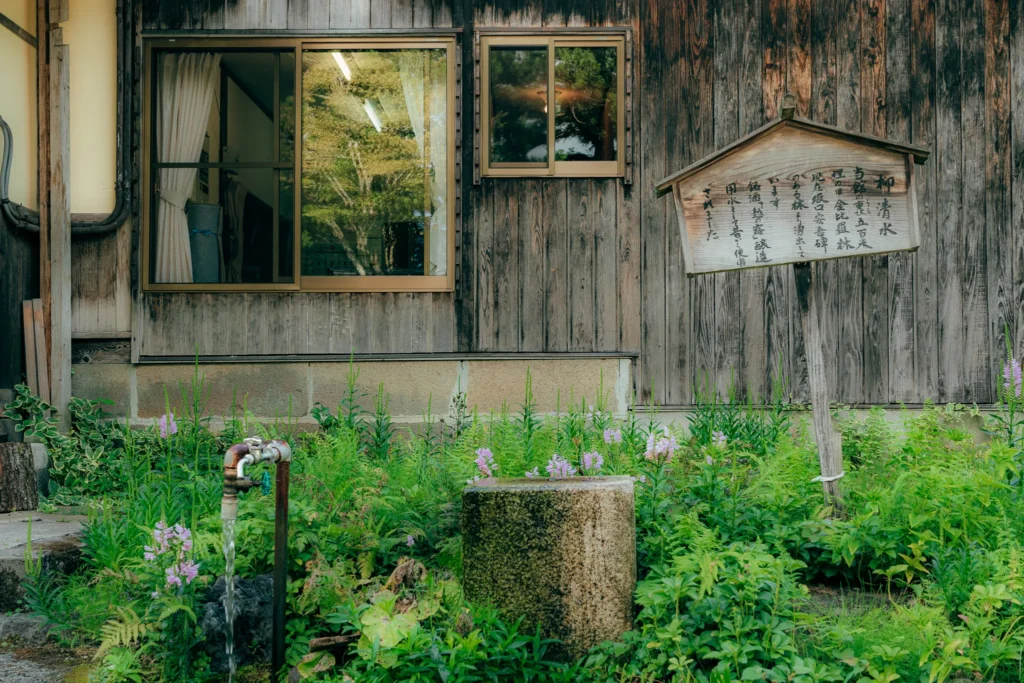
For the night, consider staying in Matsunoyama Onsen to fully enjoy the relaxing atmosphere. In addition to traditional historic inns, new and unique accommodations have opened recently. For example, Kamosu Mori, a “stay-and-dine” restaurant-inn, offers a full-course pairing of carefully selected Niigata sake with seasonal ingredients, making it a perfect choice for sake enthusiasts.
Basic Information
Spot: Daitōzan Art Museum
Hours / Holidays: Open 9:00–16:00 (last admission). In 2024, open from July 13 to November with no holidays; closed in winter.
Admission Fees:
・Adults: ¥600
・Elementary, junior high, high school students: ¥300
・Groups (20 or more): ¥100 off
・Children below school age: Free
Official Website: https://daitozan.jimdofree.com/
Access
Address: 1222 Matsunoyama, Tokamachi City, Niigata 942‑1406, Japan
Access:
・By train: About 20 minutes by Higashi-Kubiki Bus from Matsudai Station on the Hokuhoku Line, get off at Matsunoyama Branch Office stop, then a 2-minute walk.
・By car: About 45 minutes from Shiozawa-Ishiuchi IC via Route 353, or about 60 minutes from Niigata via Echigo-Kawaguchi IC. From the Matsunoyama Branch Office, go straight through the Matsunoyama intersection for about 2 minutes.
Hours / Holidays: Open 9:00–16:00 (last admission). In 2024, open from July 13 to November with no holidays; closed in winter.

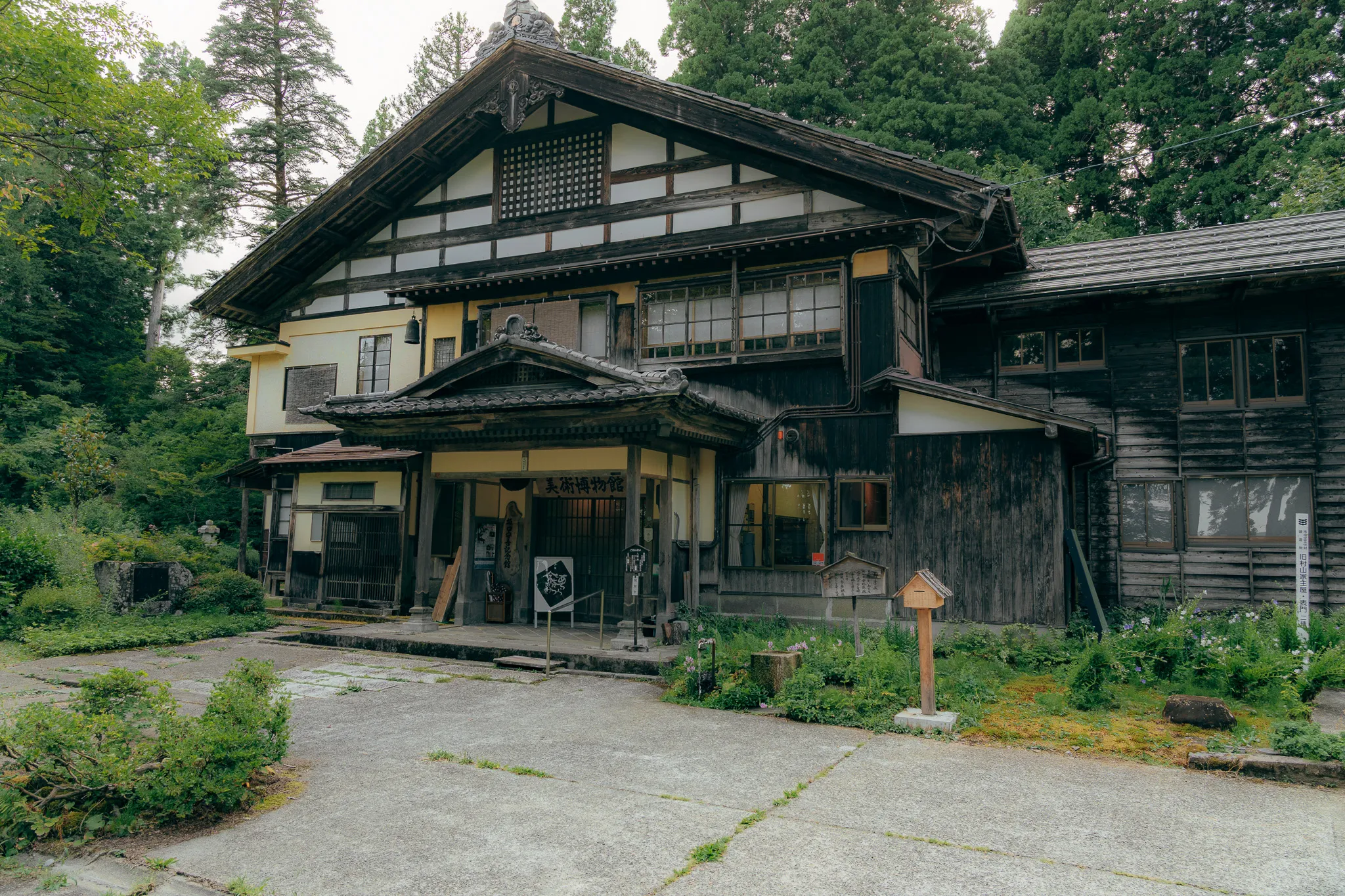
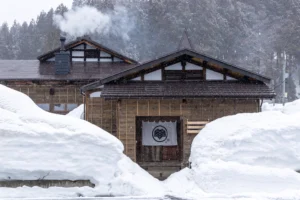


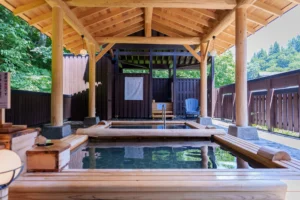

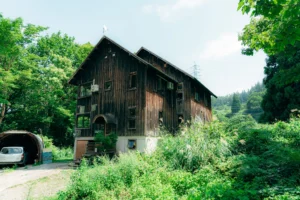
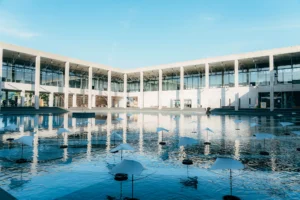
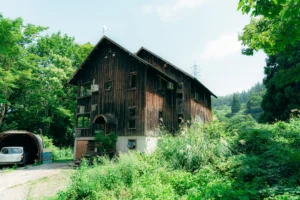
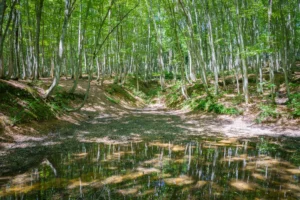

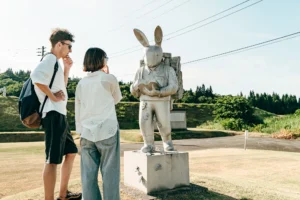


Exhibit